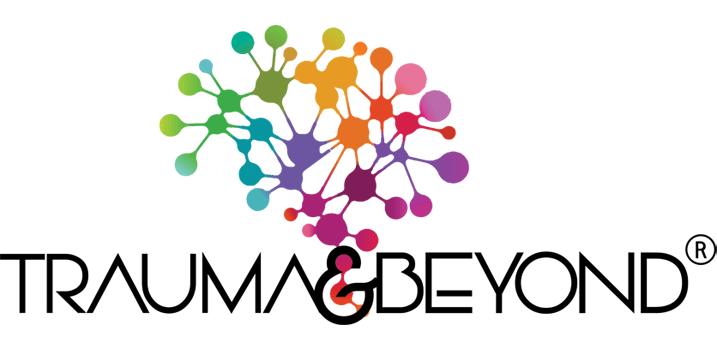Our own thoughts can get in the way of experiencing fulfillment. They leave our minds as rapidly as they come in, yet even in the briefest of moments, they can impact us deeply. To have a good quality of life, we must be conscious of how we think.
Automatic Thinking
These are the thoughts that arise that we have no immediate control over. They are a stream-of-consciousness and reflexive reactions to thoughts we have about ourselves and the world around us. These thoughts are designed by our own self-concept–the way we see ourselves, our past, our future, our abilities.
Negative Thoughts
A negative automatic thought is a subconscious thought that pops up in relations to one’s opinion of the self. It is usually unreasonable and self-defeating. When we have frequent negative automatic thoughts, we take everything more personally and become attached to a cycle of negative thinking. For example, someone with anxiety and depression will usually have a negative perception of themselves and will have a negative worldview. Additionally, with these types of thoughts, there is risk of developing mental illness, poor self-image, stress, and burnout.
Types of Negative Thoughts:
- “I do not belong here”
- “I am not good enough”
- “I fail at everything”
- “No one takes me seriously”
- “My life is a joke”
- “I am weak”
What is CBT?
Even though automatic thoughts cannot be prevented from emerging, we can indirectly control them through a process of challenging our innate beliefs. Psychotherapy tools can guide us toward changing our unhealthy beliefs. Cognitive behavioral therapy (CBT) is a psychotherapy treatment method that helps people become aware of their thinking patterns–in particular negative and faulty thinking. CBT has the ability to help people make changes in their way of thinking to create more beneficial patterns that can help them respond to stress in an effective way. Plus, the modality can focus on a specific challenge alone. It is utilized to treat anxiety, depression, substance use disorders, PTSD, OCD, bipolar disorder, relationship issues, sleep disorders, and eating disorders. CBT is also used to help people suffering from chronic physical illnesses.
The Aim of a CBT Session:
- Learn about your mind and its thinking patterns
- Distinguish between own perception and reality
- Understand own behavior and behavior of others
- Face fears
- Gain an understanding on methods of problem solving
- Discover relaxation techniques that work for you
- Develop self-confidence
Changing Thoughts
Positively altering how you process the information from your thoughts can improve your self-awareness and viewpoint. When negative automatic thoughts come up, you can combat them with a more compassionate and reasonable response.
Types of Positive Thoughts:
- “I enjoy figuring out a challenge”
- “I bring something unique to the table”
- “I can accomplish my goals”
- “I am resilient”
- “I deserve to be happy”
- “I have people that care about me”
For more information on getting help for depression in Los Angeles, call Trauma and Beyond Center ® at (818) 651-0725.


